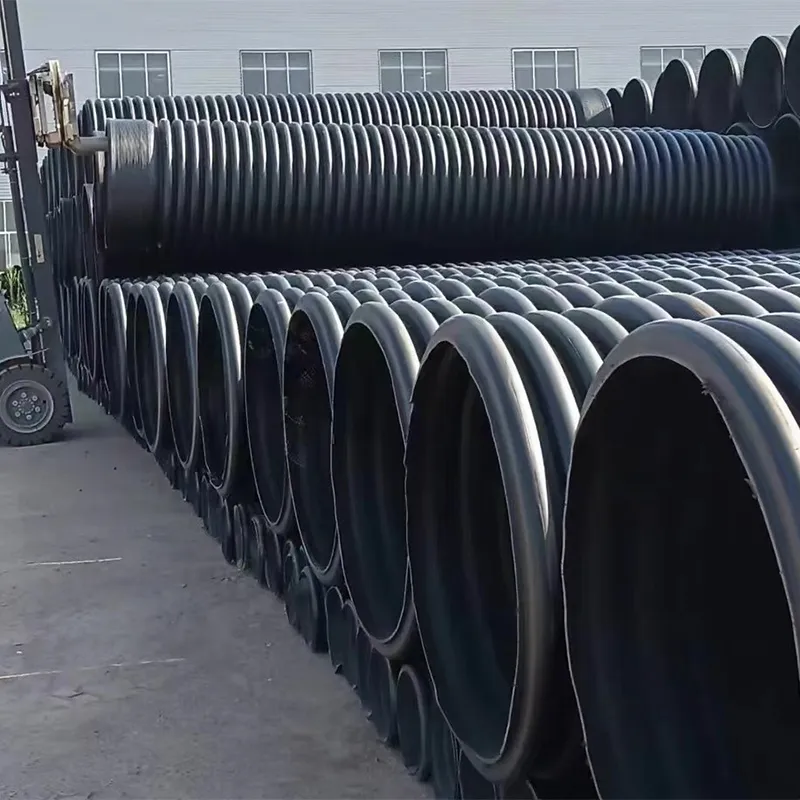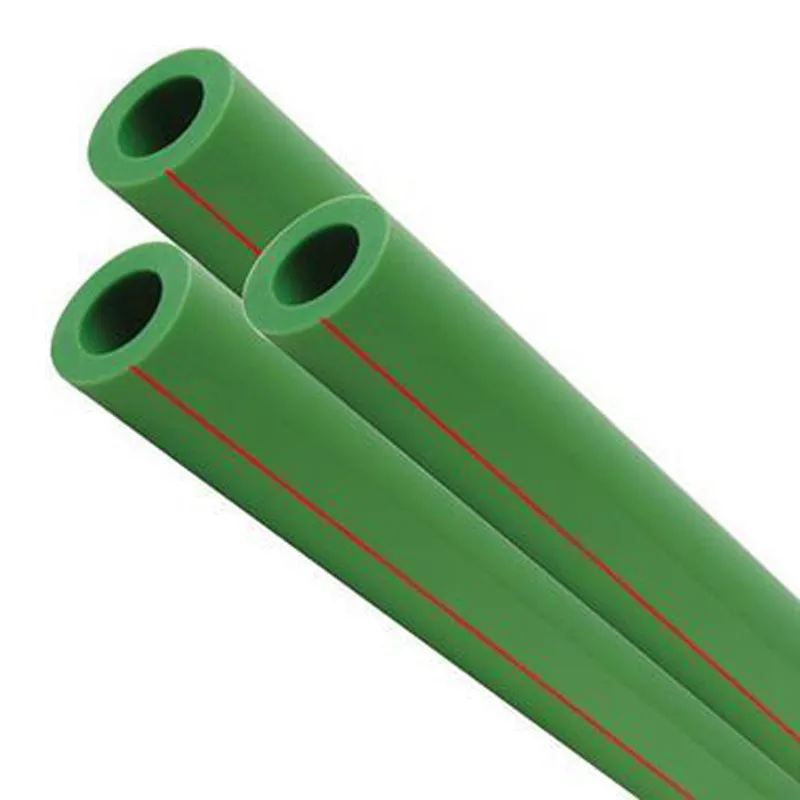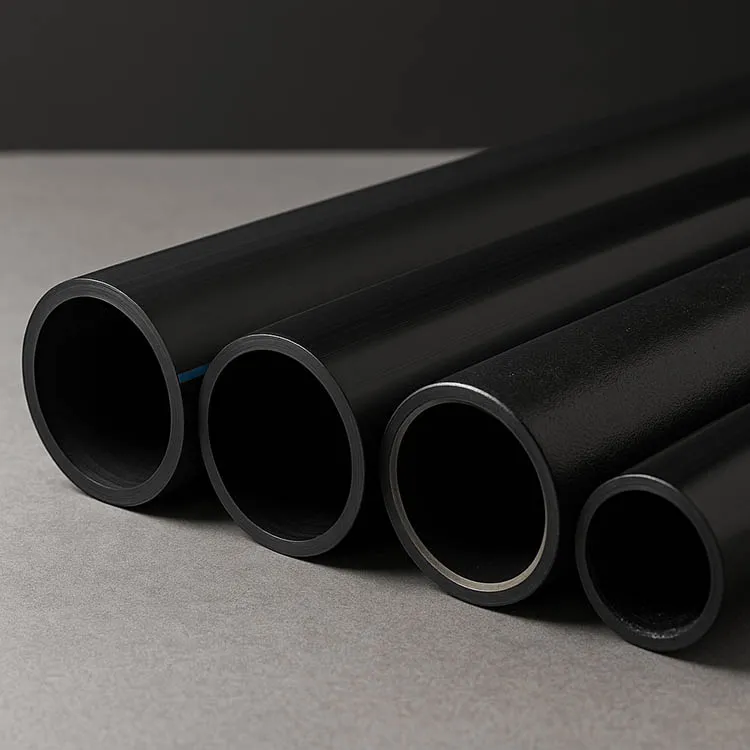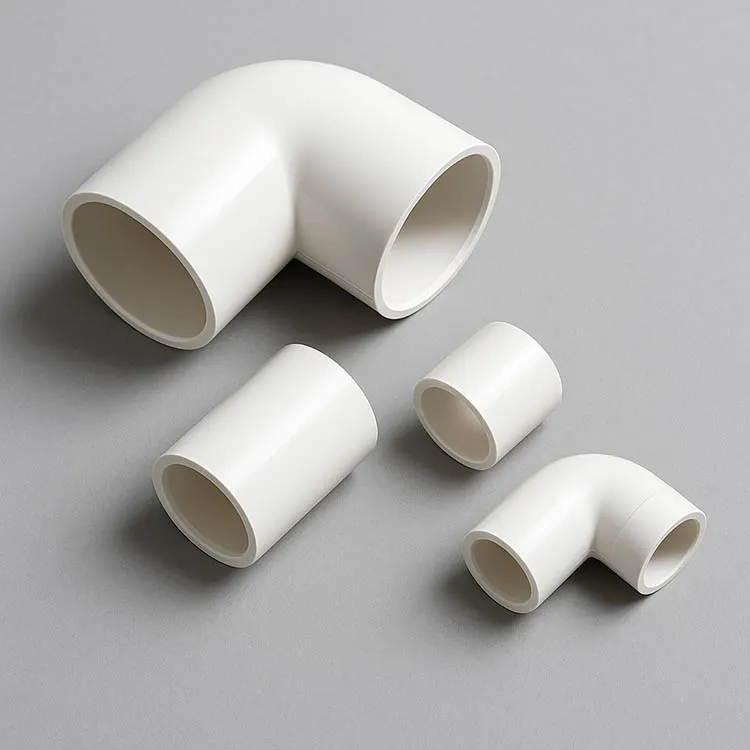Common quality problems and prevention methods of municipal drainage pipeline construction
Municipal road drainage system is one of the important facilities for the normal use of urban municipal facilities, and it is crucial to ensure its construction quality. Based on his work experience, the author has conducted a comprehensive analysis of the common problems in the construction quality of municipal drainage pipeline projects. The most common quality problems are divided into four aspects, the causes of their occurrence are analyzed, and prevention measures are proposed. It is worth collecting!
1. Pipeline position deviation or water accumulation
(I) Causes:
Measurement errors, construction deviation and accidental avoidance of the original structure, resulting in position deviation on the plane, water accumulation on the facade and even reverse slope.
(II) Preventive measures:
1. The main measures to prevent diseases caused by measurement and construction are:
(1) Before construction, the handover piles must be re-measured and protected in accordance with the construction measurement specifications and procedures.
(2) Construction layout should be combined with hydrogeological conditions, and layout should be carried out according to the burial depth, design requirements and relevant regulations. It must be re-measured and tested to ensure that the error meets the requirements before it can be delivered for construction;
(3) During construction, it should be carried out strictly according to the sample piles, and the axis and longitudinal slope measurement and acceptance of the trench and flat foundation should be done well.
2. If a structure is unexpectedly encountered during construction and needs to be avoided, a connecting well should be added at an appropriate location, connected by a straight line, and the angle of the connecting well should be greater than 135°.
2. Pipeline leakage, water closure test failure
(I) Causes
Uneven foundation sinking, poor construction quality of pipes and their interfaces, loose sealing of the water closure section ends, poor well construction quality, etc. can all cause leakage.
(II) Prevention and control measures
1. Poor pipeline foundation conditions will lead to uneven sinking of the pipeline and foundation, generally causing local water accumulation, and in severe cases, pipeline rupture or interface cracking.
Preventive measures are:
(1) Carefully construct according to design requirements to ensure the strength and stability of the pipeline foundation. When the local geological and hydrological conditions are poor, soil replacement and improvement treatment should be carried out to improve the bearing capacity of the bottom of the foundation pit.
(2) If the soil at the bottom of the trench is disturbed or soaked by water, the soft soil layer should be excavated first and the over-excavated part should be backfilled with stable materials such as sandstone or crushed stone.
(3) When excavating soil below the groundwater level, effective measures should be taken to prevent the bottom of the trench from being drained and dewatered to ensure dry trench excavation. If necessary, a 20cm thick soil layer can be reserved at the bottom of the trench pit, which will be removed as the subsequent process is constructed.
2. The quality of the pipe is poor, there are cracks or local concrete looseness, poor impermeability, and water leakage. Therefore, the following requirements are required:
(1) The pipes used must have a certificate of conformity and a mechanical test report provided by the quality department;
(2) The appearance quality of the pipe requires a flat surface without loose exposed bones and honeycomb surface images;
(3) Before installation, each section should be checked again. Those that have been found or have quality issues should be ordered to leave the site or be used only after effective treatment.
3. The filling material and construction quality of the pipe interface are poor, and the pipe is damaged or the interface cracks under the action of external force. Preventive measures:
(1) Select good quality interface filling material and organize the construction according to the test mix ratio and reasonable construction process;
(2) When applying the tape, the interface seam should be clean, and roughened if necessary, and then carefully constructed according to the construction operation procedures.
4. The construction quality of the inspection well is poor, and the joints between the well wall and the connected pipe are leaking. Preventive measures:
(1) The mortar for the inspection well masonry should be full and the joints should be fully filled; clean and moisten the surface before applying, and press and maintain the mortar in time during the application; when encountering groundwater, the application and joints should be completed in time with the masonry, and the internal application or internal joints should not be carried out after backfilling;
(2) The outer surface of the pipe connected to the inspection well should be moistened and evenly brushed with a layer of cement mortar, and the internal and external surfaces should be applied after the mortar is in place to prevent leakage.
5. The planned reserved branch pipe seal is not dense, and it is often ignored because it is in the well. If brick wall sealing is used, the following points should be noted:
(1) Before brick wall sealing, the inner wall of the pipe within 0.5m of the pipe mouth should be cleaned and coated with cement slurry, and the bricks used should be moistened for use;
(2) The mortar grade for brick wall sealing should not be lower than M7.5 and have good consistency;
(3) The cement mortar grade for grouting and plastering should not be lower than M15. When the pipe diameter is large, both the inside and outside should be grouted or plastered when the pipe diameter is small. Plastering should be constructed according to the waterproof 5-layer construction method.
(4) In general, the sealing should be carried out before the inspection well is built to ensure quality.
6. The closed water test is a comprehensive inspection of the pipeline construction and material quality. It is inevitable that there will be three or two unqualified phenomena during the test. At this time, the leakage points should be marked one by one, and the water in the pipe should be drained and then carefully handled. For small gaps or surface leakage, cement slurry or waterproof paint can be used. For more serious leakage, rework should be carried out. In addition to replacing pipes and re-filling interfaces, serious leakage can also be handled by professional technicians. After treatment, the test is repeated until the water is sealed.
3. Inspection well deformation, sinking, poor quality of components
(I) Causes
Inspection well deformation and sinking, poor quality of manhole cover and installation quality, too much randomness in the installation of ladders in the well, affecting the appearance and quality of use.
(II) Prevention and control measures
1. Carefully make the base and cushion layer of the inspection well, and break the pipe to make the flow channel to prevent the well body from sinking.
2. The quality of inspection well masonry should control the center position and height of the well chamber and wellhead to prevent the well body from deformation.
3. The manhole cover and seat of the inspection well should be matched; the seat mortar should be full during installation; the light and heavy models and the surface bottom are not bad, and the iron climbing installation should control the position of the first step up and down, the deviation should not be too large, and the plane position should be accurate.
4. Backfill soil subsidence
(I) Causes
The backfill around the inspection well is not dense, not compacted in layers as required, the quality of the filler is poor, the water content is not well controlled, etc., which affect the compaction effect and cause excessive settlement after construction.
(II) Prevention and treatment measures
1. Preventive measures.
(1) When backfilling the pipe trench, it is necessary to select appropriate fillers and compaction (tamping) machinery according to the backfill location and construction conditions. For example, the pit backfill of drainage facilities under the main road in Nanning City uses miscellaneous sand and gravel. The pipe trench is filled from the chest to 30cm above the top of the pipe, and then water is poured and vibrated to a relative density of ≥0.7. Practice has proved that the effect is very good.
(2) When the trench is narrow, manual or frog-type tamping machine can be used for tamping. Different fillers and different filling thicknesses should use different tamping equipment to achieve the most economical compaction effect.
(3) Silt, tree roots, turf and rotten plants in the filler will not only affect the compaction effect, but also shrink and rot in the soil to form holes. These materials should not be used as fillers to avoid causing subsidence.
(4) The moisture content of the filler should be controlled to be about 2% higher than the optimal moisture content; when encountering groundwater or after rain, the water must be drained first and then the filling and compaction should be carried out in layers.
2. Treatment measures. Take appropriate measures according to the degree of settlement damage:
(1) A small amount of settlement that does not affect other structures can be left untreated or only surface treated. For example, local filling can be taken on asphalt pavement to avoid water accumulation;
(2) If the foundation of other structures is hollowed out and damaged, pumped cement slurry can be used for filling;
(3) If structural damage is caused, the poor filler should be excavated and replaced with materials with good stability. After compaction, the damaged structure can be restored.
5. Summary
Pipeline engineering is a hidden project. When it is completed, only the inspection well can be used for people to inspect. Therefore, the construction quality of the inspection well often affects the evaluation of the overall project quality. The excellence of drainage pipeline engineering must be based on the excellence of main structure engineering. During the construction process, we must strive to overcome various common problems, ensure the overall construction quality is excellent, and then make the inspection well construction quality better, so as to achieve the goal of excellence.




939.webp)


294.webp)
476.webp)
420.webp)
146.webp)
460.webp)
287.webp)
274.webp)
688.webp)


